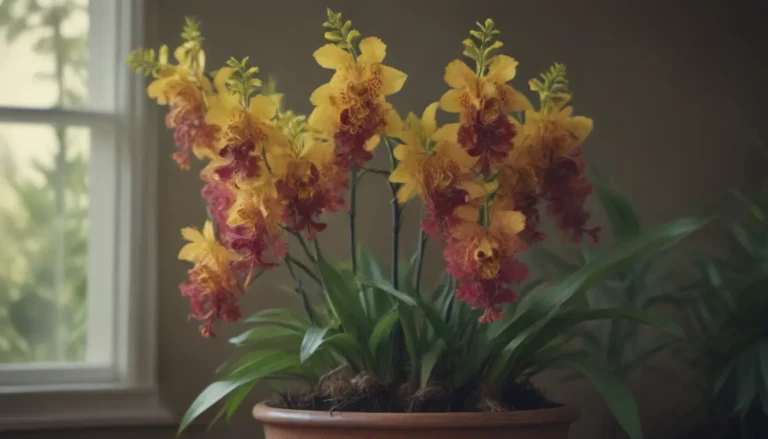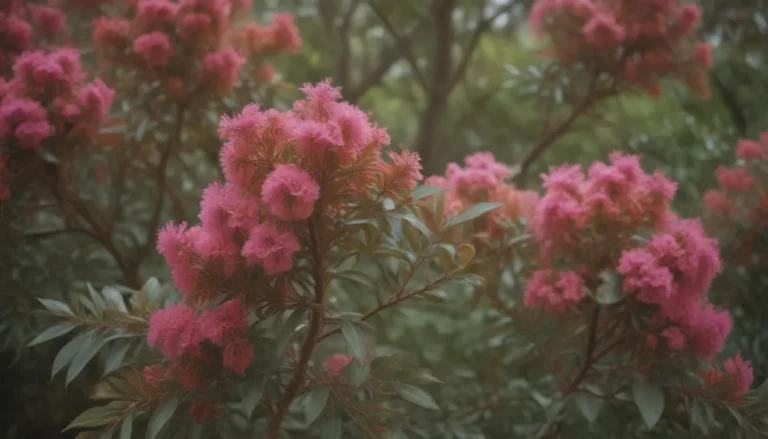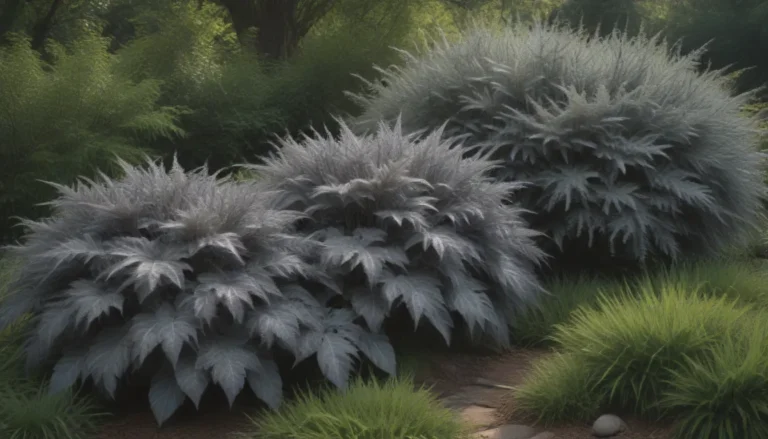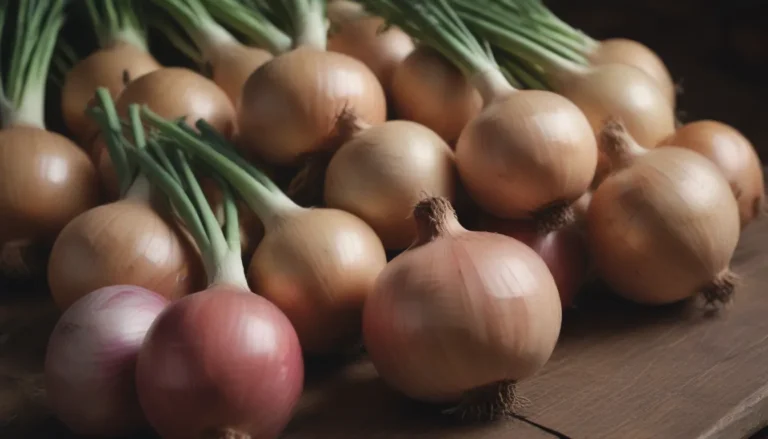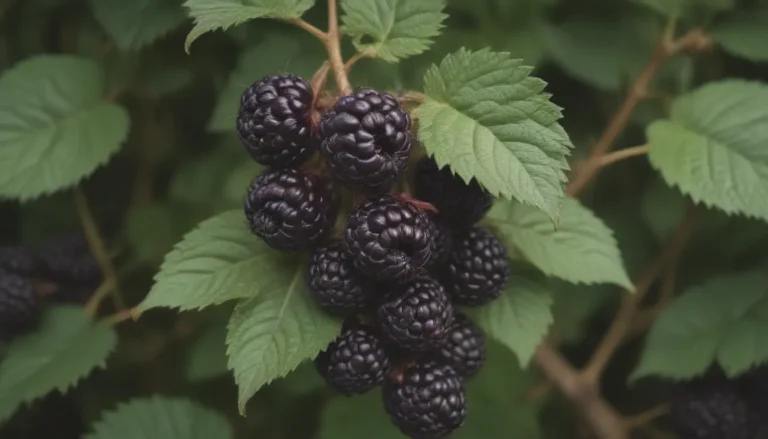How to Control and Remove Plant Suckers: Tips and Tricks
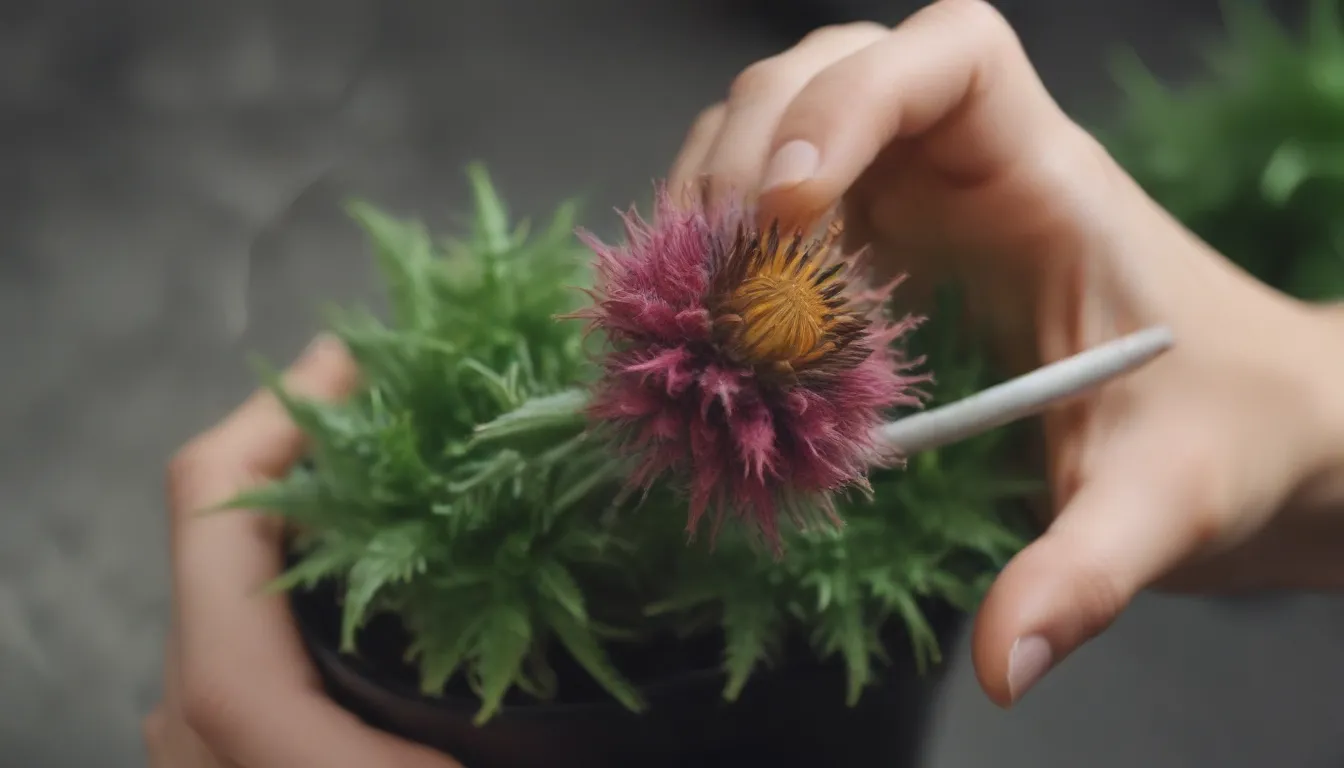
Plant suckers may seem like a harmless growth on your plants, but they can actually sap the energy from your beloved greens. If left unmanaged, they can harm the overall health and appearance of your garden. But fear not, we’ve got you covered with some valuable tips on how to recognize, manage, and prevent plant suckers from taking over your garden.
What are Plant Suckers?
Plant suckers are vigorous vertical growth that originates from the root system or lower main stem of a plant. They are usually undesirable and can be found on various trees, shrubs, and plants. But fret not, with a little knowledge and some handy tips, you can easily keep them in check.
Recognizing Plant Suckers
Before you can effectively manage plant suckers, you need to be able to recognize them. Look out for vertical shoots that grow from the base of the trunk or the root system of your plants. These shoots often have a different appearance than the rest of the plant and can be a sign that your plant is under stress.
Managing Plant Suckers
Once you’ve identified plant suckers in your garden, it’s time to take action. Here are some tips on how to effectively manage and control plant suckers:
-
Planting Species That Don’t Sucker: One way to minimize plant suckering is by planting species or varieties of plants that are less likely to produce suckers. Some plants, like lilacs, rhododendrons, and hydrangeas, are known to sucker less than others.
-
Keeping Your Plants Healthy: Healthy plants are less likely to produce suckers. Factors like planting too deep, pruning too hard, plant disease, or grafting union failure can stress your plants and trigger the sucker response.
-
Removing Suckers: Depending on the type of plant you have, there are different methods for removing plant suckers. For grafted plants, like roses, it is crucial to control suckers below the graft union to prevent them from overtaking the desired plant. On non-grafted plants, you can simply pull out the suckers by hand or use pruning tools for tougher suckers.
Preventing Plant Suckers
Prevention is always better than cure when it comes to plant suckers. Here are a few tips to help prevent plant suckering in your garden:
-
Plant Selection: Avoid planting species known to sucker frequently, like forsythia, dogwood, roses, sumac, and birch.
-
Proper Pruning: Avoid pruning your plants too hard, as this can stress them and induce suckering.
-
Healthy Plant Care: Ensure your plants are planted at the correct depth, free from diseases or infestations, and well-maintained to prevent stress-induced suckering.
Examples of Plant Suckers and How to Manage Them
Roses and Grafted Plants
Roses are commonly grafted plants that are prone to producing suckers. These suckers often grow below the graft union and can quickly overpower the desired plant. To control plant suckers on roses, it’s important to remove them by hand, tearing them out to prevent new suckers from forming.
Non-Grafted Plants
Non-grafted plants, also known as “own-root plants,” are more common in home gardens. Removing plant suckers from these plants is relatively easy, with hand-pulling being the best method for smaller suckers. For tougher or more established suckers, pruning tools may be necessary to cut them down to the base.
Tomato Plants
Tomato plants are notorious for producing suckers that can reduce the size and quality of your tomatoes. To manage tomato plant suckers, it’s essential to prune them when they are two to four inches long and remove any thicker stems with sterilized pruning tools. This helps improve airflow around the plant and reduces the risk of disease.
In Conclusion
Plant suckers may seem like a minor nuisance in your garden, but they can have a significant impact on the health and appearance of your plants. By recognizing, managing, and preventing plant suckers, you can ensure that your garden remains healthy and vibrant. So remember to keep an eye out for those sneaky suckers and take action to keep them in check. Your plants will thank you for it!
